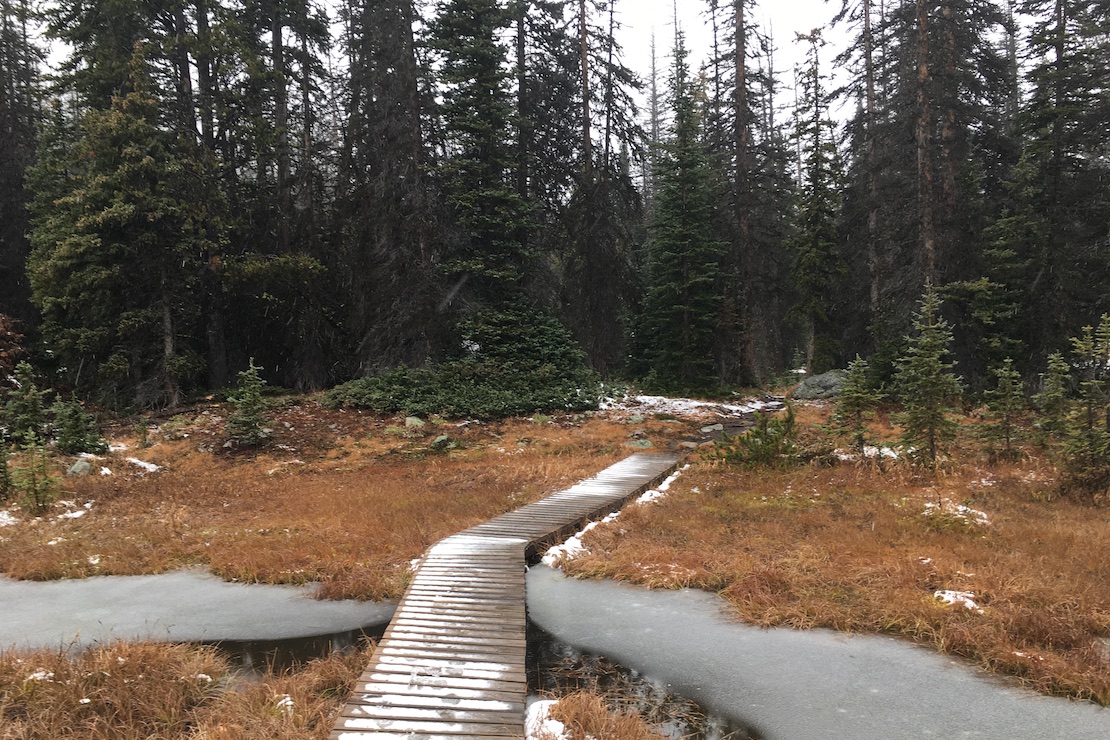British Columbia’s system of provincial parks and protected areas contains over 14 million hectares. On occasion, the need arises to modify park and protected area boundaries. In recognition of the public interest in the establishment and management of parks and protected areas, and the integral role parks and protected areas play in supporting local economies and community-based recreation, government has afforded parks a high level of legislative protection. Because of this, boundary adjustments most often require changes to legislation.
Categories of boundary adjustments
There are three categories of boundary adjustments:
- Category 1: “Administrative housekeeping” adjustments undertaken where there have been errors in the initial legal description of the boundary or an area was captured that clearly was not intended to be captured at the designation stage;
- Category 2: Adjustments intended to alleviate a human health and safety concern; and
- Category 3: Adjustments where a proponent (private or public) is interested in a boundary adjustment to allow for a development or activity not allowed by authorization under the protected area legislation.
Since 2000, Government has had a policy in place outlining how requests under Category 3 above are reviewed. This Cabinet-approved policy is the Provincial Protected Area Boundary Adjustment Policy, Process and Guidelines.
Category 3 boundary modifications are normally approved only where there are significant environmental, social or economic benefits to the Province that exceed the importance of preserving the integrity of the existing park or protected area boundary and values.
Proponent requirements
The Provincial Protected Area Boundary Adjustment Policy, Process and Guidelines requires proponents to demonstrate that:
- Alternatives to avoid the protected area have been considered.
- Overall economic benefits to the Province have been documented.
- Social and environmental impacts have been documented.
- Mitigation and restoration measures have been identified.
- First Nations have been adequately consulted.
- Local communities have been consulted.
- Provincial and Federal Agencies have been consulted.
The process was updated in 2010 to create two distinct stages in the process. Stage 1 involves the proponent submitting an initial proposal providing an overview of the proposed activity, the area of adjustment desired, general benefits of the project, and information on why alternative locations avoiding the park or protected area are not feasible. See the policy for the complete list of Stage 1 initial proposal requirements. Upon receipt of the Stage 1 proposal, the Minister may either decline the proposal or advise the proponent that the Ministry will consider a more detailed Stage 2 proposal as outlined in the policy. An opportunity for the public to comment on a proposed boundary adjustment is a requirement of all Stage 2 boundary adjustment proposals. See below for a listing of active Stage 2 boundary adjustment proposals.
Reports
This report describes provincial protected area boundary adjustments that have occurred since 2004.
Active stage 2 boundary adjustment proposals
| Park, Conservancy or Protected Area | Status of Stage 2 Proposal | Proponent/Project | Purpose |
|---|---|---|---|
| Sasquatch Park | Stage 2 proposal being prepared | District of Kent, Village of Harrison Hot Springs, Seabird Island Band | Use of existing roads and construction of a road segment along a former railway bed for use as an emergency access route, as well as for use for timber hauling. |
The District of Kent and the Village of Harrison Hot Springs are requesting to remove land from the park to allow for the construction of an emergency evacuation route. The proposed route would provide an alternate egress during an emergency evacuation of these communities. Given the route overlap with the proposal previously received from Seabird Island Band, the Minister of Environment and Climate Change Strategy has invited a Stage 2 proposal to be prepared jointly by all three parties. Opportunity for Public Comment Please check back for information on public engagement opportunities for this project. | |||
| Kamdis Conservancy | Stage 2 proposal being prepared | Yourbrooks Energy Systems | Development of a tidal power generation project |
Yourbrook Energy Systems is requesting the removal of approximately 2 hectares of land from the conservancy to allow for the construction of components of a tidal hydro electrical generation plant. Opportunity for Public Comment Please check back for information on public engagement opportunities for this project. | |||
| Sasquatch Park | Stage 2 proposal being prepared jointly with Kent and Harrison Hot Springs - see above | Seabird Island Band | Use of existing and deactivated roads for timber hauling |
Seabird Island First Nation is requesting the removal of approximately 5.7 hectares of land to enable the use of roads through the park to access timber harvesting areas outside the park in the vicinity of Moss Lake, southeast of the park. Opportunity for Public Comment The proponent held open houses regarding the boundary adjustment proposal in Agassiz on May 29 and in Chilliwack on June 19, 2014. | |||
